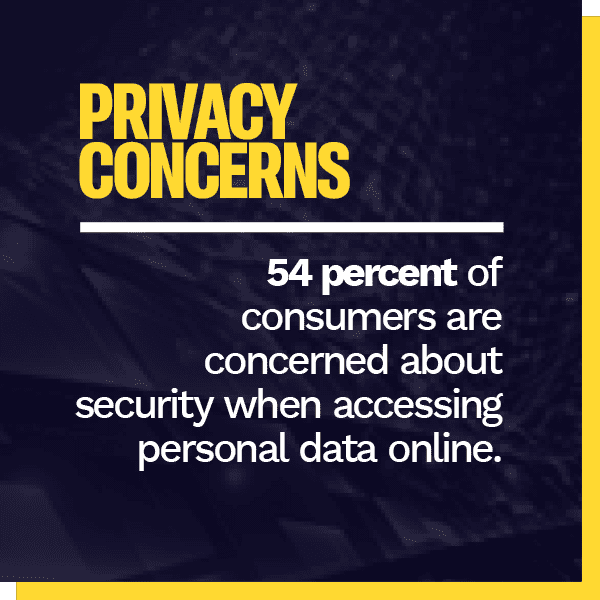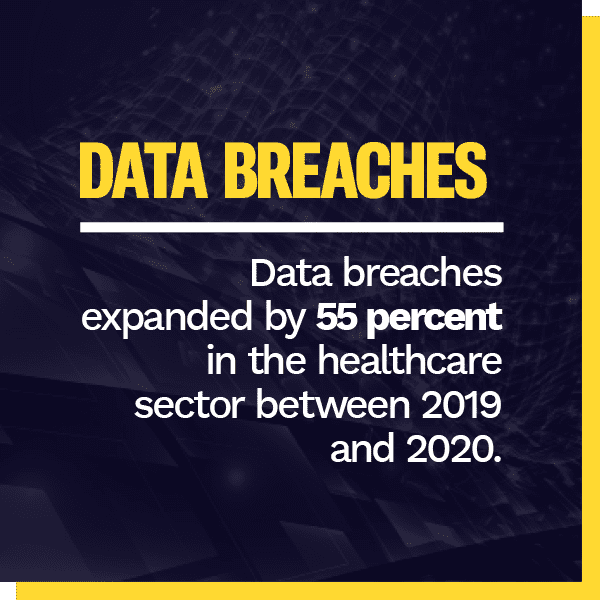Report: Healthcare Providers Use AI To Solve Telemedicine’s Privacy Problem

Healthcare has rapidly become more digital over the past year, with consumers trying telehealth and other virtual tools to meet their medical needs in response to public safety guidelines. Virtual services have continued to remain popular even as consumers return to in-person appointments — although usage has fallen somewhat since its 2020 high — indicating digital health services are likely to play a key role in the future. Funding for virtual healthcare has increased accordingly, reaching $9 billion in Q1 2021.
Healthcare providers must also be sure they are keeping consumers’ sensitive medical data safe and protected as the use of virtual channels increase, however. Accessing such information can enable fraudsters to piece together synthetic identities they can then apply for future scams, and attacks to gain such data are becoming more frequent. Fifty-seven percent of United States healthcare providers in 2020 stated they experienced phishing attacks over the past 12 months, for example. Implementing identity verification solutions that can protect against these attacks and more easily distinguish between legitimate customers and fraudsters is therefore crucial.
In the June/July Future of Identity Report, PYMNTS analyzes how the emergence of digital healthcare is changing identification and privacy needs within the industry. It will also analyze what tools and technologies providers can put in place to ensure they are keeping patients’ sensitive information safe and protected.
Around The Identity Verification Space
Medical data breaches can have far-reaching consequences, as bad actors can utilize patients’ sensitive data to launch phishing schemes or create more robust synthetic identities for additional scams. These types of breaches are becoming all too common, however. One recent CVS Health incident exposed 1 billion search records that included customers’ user IDs, email addresses and any queries they entered on the website. The database storing these details reportedly did not require authentication to access, leaving it more vulnerable to fraud. Healthcare providers thus need to implement identification solutions that can distinguish between legitimate customers and fraudsters tapping stolen data for synthetic identities.
Protecting against synthetic identities or related fraud is only going to become more critical for healthcare providers as more consumers interact with them primarily through virtual channels. Consumers have no plans to give up telehealth services even as public health and safety standards relax, with one study finding 43 percent of U.S. consumers want to continue to utilize telehealth in the near future. Another 45 percent of consumers noted they believe telehealth provides them the same quality of care they would get when visiting their providers in person, for that matter. Medical providers must be sure they can meet this need, therefore, while also keeping consumers’ priva te information protected.
te information protected.
Consumers are reporting higher levels of concern regarding their online privacy and security as identity theft becomes more prevalent. The number of U.S. adults who claimed their identity was stolen rose 67 percent between 2019 and 2020 alone, for example, affecting approximately 21 million consumers. Individuals are growing more interested in the solutions that will shield them from this type of fraud, with 20 percent of Americans indicating they had plans to purchase some form of identity theft protection within the next year.
For more on these and other stories, visit the Report’s News & Trends.
Why AI Is Critical For Digital Identity Verification In The Telehealth Age
Healthcare providers were forced to adapt quickly to the massive consumer shift to telehealth services. Rising concerns over patient privacy and difficulties moving data seamlessly from one previously siloed system to another created barriers to doing so swiftly, however. It is therefore essential for healthcare providers to rethink not only how they treat data but how they go about verifying the identities of their patients with that data. In this month’s Feature Story, Adam Silverman, M.D., chief medical officer for medical artificial intelligence (AI) service Syllable and Vig Chandramouli, principal, healthcare at FinTech and healthcare venture capital firm OAK HC/FT, explains how providers can use AI to overcome these barriers. Visit the Report’s Feature Story to learn more.
Deep Dive: Why Incorporating Contactless Payments And Biometric Verification Measures Is Critical For Healthcare Providers
Consumers have continued to utilize telehealth services even as brick-and-mortar locations reopen. This means medical providers must be able to offer seamless digital-first experiences to such customers, allowing for swift payments — but they must also be certain that customers interacting with them virtually are who they say they are. This balance between seamlessness and security requires healthcare providers to implement emerging tools and technologies such as allowing for touchless payments as well as equipping easier online identity verification. To learn more about why adopting contactless payments and emerging authentication methods such as biometrics can provide key benefits to healthcare providers, visit the Report’s Deep Dive.
About The Report
The Future Of Identity Report, a PYMNTS and AU10TIX collaboration, examines how businesses are using modern identity verification tools to provide tight security and smooth customer experiences
